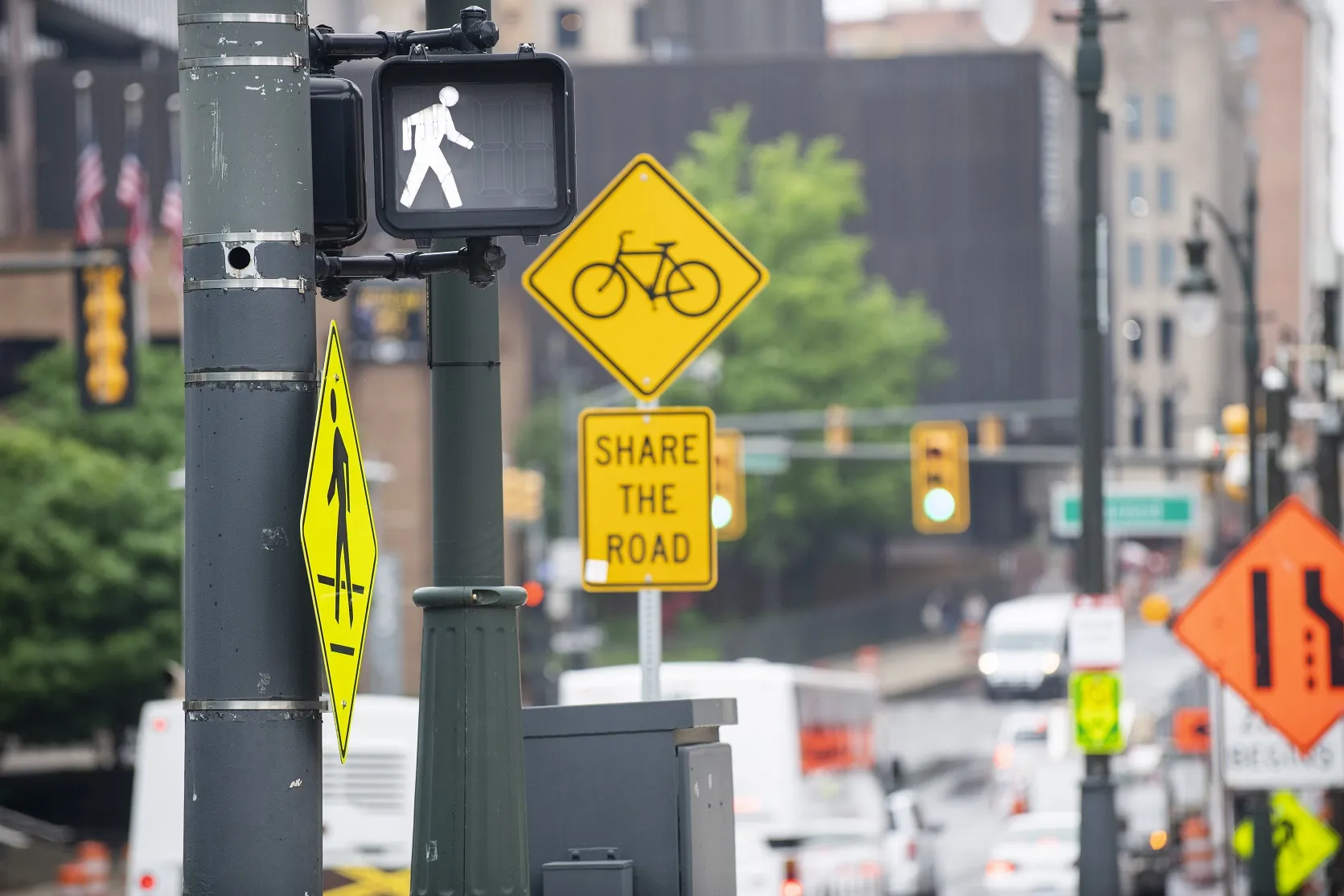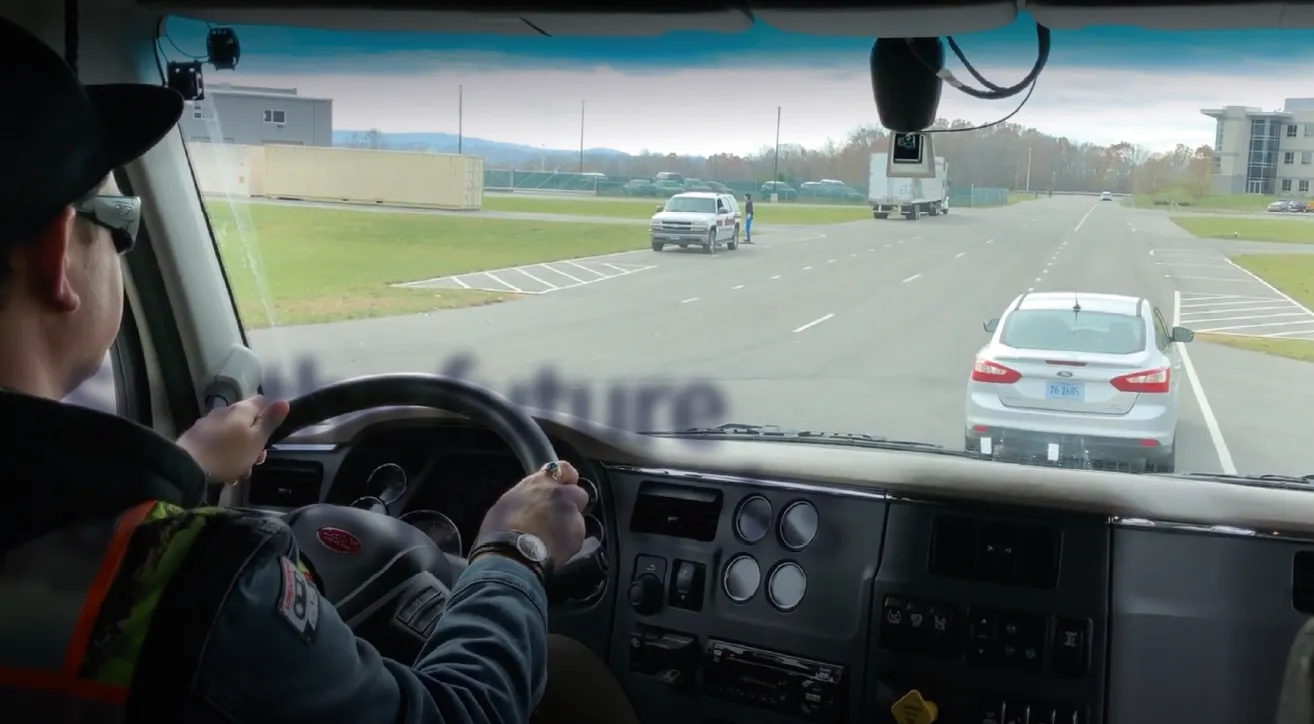The US state of Ohio and the Ohio State University are funding the US$45 million Phase 1 expansion of the Transportation Research Center's (TRC) new 540-acre SMART (Smart Mobility Advanced Research and Test) Center. To to be built within the 4,500 acres of the TRC’s independent automotive testing facility and proving grounds, SMART aims to be a hub for testing of automated and autonomous vehicles, designed to enable car manufacturers and suppliers to expand their testing.
Phase 1 of the expansion will in
January 27, 2017
Read time: 2 mins
The US state of Ohio and the Ohio State University are funding the US$45 million Phase 1 expansion of the Transportation Research Center's (TRC) new 540-acre SMART (Smart Mobility Advanced Research and Test) Center. To to be built within the 4,500 acres of the TRC’s independent automotive testing facility and proving grounds, SMART aims to be a hub for testing of automated and autonomous vehicles, designed to enable car manufacturers and suppliers to expand their testing.
Phase 1 of the expansion will include a flexible platform and infrastructure; a high-speed intersection; a flexible test platform; an urban network of intersections, roundabouts, traffic signals; a rural network including wooded roads, neighbourhood network and a SMART Center support building.
TRC has been testing different types of vehicles and components on its 4,500-acre facility for more than 40 years, including testing automated and autonomous vehicles over the last two decades. It provides a convenient location to safely test new technologies before their use on city streets and highways in support of Columbus's $140 million324 US Department of Transportation (USDOT) Smart City project.
Funding efforts are underway for Phases 2 and 3 of the. Phase 2 will focus on the world's first indoor test facility, which will enable rigorous testing of highly automated vehicles in severe weather conditions. Phase 3 will include a six-lane high-speed highway, with on and off ramps and underpasses, to support the testing of vehicle swarming and truck platooning.
Phase 1 of the expansion will include a flexible platform and infrastructure; a high-speed intersection; a flexible test platform; an urban network of intersections, roundabouts, traffic signals; a rural network including wooded roads, neighbourhood network and a SMART Center support building.
TRC has been testing different types of vehicles and components on its 4,500-acre facility for more than 40 years, including testing automated and autonomous vehicles over the last two decades. It provides a convenient location to safely test new technologies before their use on city streets and highways in support of Columbus's $140 million
Funding efforts are underway for Phases 2 and 3 of the. Phase 2 will focus on the world's first indoor test facility, which will enable rigorous testing of highly automated vehicles in severe weather conditions. Phase 3 will include a six-lane high-speed highway, with on and off ramps and underpasses, to support the testing of vehicle swarming and truck platooning.










